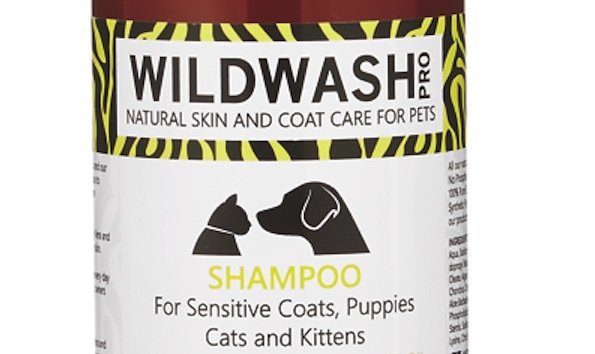
CRVG (Cutaneous and Renal Glomerular Vasculopathy) is commonly known as Alabama Rot, after the first case was discovered in Alabama, USA in the 1980’s where it affected only Greyhounds.
Since its arrival in the UK, the first case recorded in 2012, 135 cases of the deadly disease have been recorded with 29 cases identified already this year. Alabama Rot is spread over most of the UK and affects all breeds and sizes of dogs.
Whilst not wanting to spread fear or panic, we feel it is important to be armed with the facts of this disease, as early detection is vital in saving lives.
Alabama Rot causes tiny blood clots to form in the blood vessels supplying the skin and the kidneys. One of the first signs to look for is a swelling, red patch or an open and ulcer like sore (usually about the size of a 5p piece) most often found on the legs or feet below the elbow or knees but also on the undercarriage, chest, face, nose or tongue. If you go online and google Alabama Rot, you will find lots of images of what you should be looking for.
Should the doggy remain untreated, within 2-7 days, signs of kidney failure which can include vomiting, lack of appetite and unexplained tiredness will occur. The majority of dogs who reach this stage will unfortunately not recover.
It is suspected that the disease spreads from wet, muddy and wooded areas and the majority of cases do involve doggies walked in boggy woodland.
If you can possibly do so then we would advise to avoid walking in wet, muddy areas and stick to dry paths.
Of course we all know that a ‘dry’ walk can very quickly turn into a ‘muddy’ one! Two of our Frenchies seem to prefer to stay clean and dry whilst Belle will zoom ‘off road’ straight for the boggiest patch of mud she can find and wallow hippo-like until completely covered!
So far no one has come up with a definitive cause and speculations include parasitic or bacterial infections. In the US, there seems to be evidence of E.Coli toxins, but these have not been found in affected UK doggies. Until the cause has been identified, unfortunately a vaccine cannot be developed and at this moment in time there is no specific treatment for Alabama Rot.
So, what can we do to protect our own pets? Well avoiding wet, muddy and woodland areas is one.
The other advice I have found on all the sites and articles I have read whilst researching Alabama Rot, is to thoroughly wash off all the mud from your dogs as soon as possible following a muddy walk.
We keep a couple of mixing bottles full of diluted WildWash Shampoo by the back door (we use the Sensitive on ours as we live opposite woods and they are washed off every day). As soon as we arrive home, we wash the mud off their legs, bellies and face (except of course Belle, who usually needs a full shower!) and then we rinse thoroughly with either buckets of warm water or the garden hose (weather permitting!)
Dry them off and then thoroughly check their legs, feet and belly (much easier on clean fur anyway). Check their faces and nose as all doggies like to have a good poke around in anything wet and smelly and don’t forget to have a look at their mouth and tongues, as of course, sometimes they may come across a morsel just too good to resist buried in that boggy mire!
There are some good websites, Vets4Pets is one of them, that do provide a map of areas most affected and if you put in your postcode it will give you the relevant information on your area.
The number of cases recorded are tiny in comparison to the millions of doggies walked daily in the UK, so we urge all dog owners to be informed (forewarned is forearmed!) but not fearful and continue to enjoy your dog walks, making them as safe as you possibly can.
We hope you have found this post helpful and we welcome any comments and would like to hear about any experiences you have had regarding this disease.
Share this post with your friends and family

Join our email list to stay up-to-date about the latest products and offers, plus get
10% OFF
your first purchase.
By submitting, you agree to receive marketing emails for information on news, promotions, and offers from WildWash. For more details see our Terms & Conditions and Privacy Policy. You can unsubscribe at anytime.
